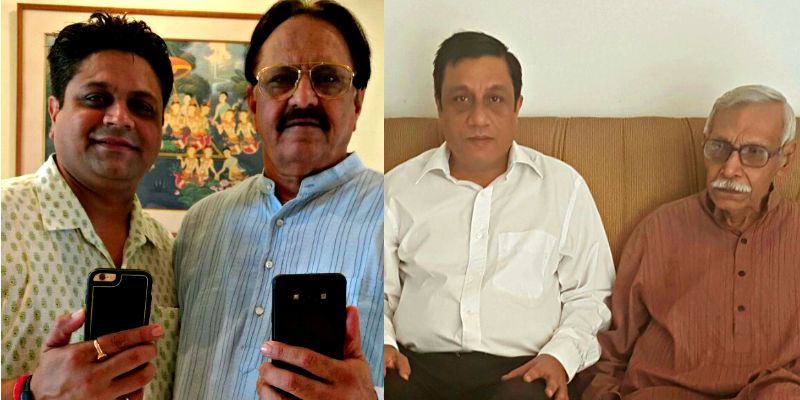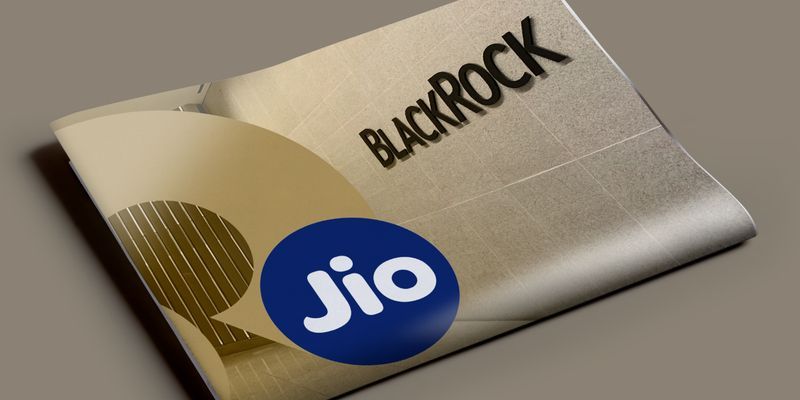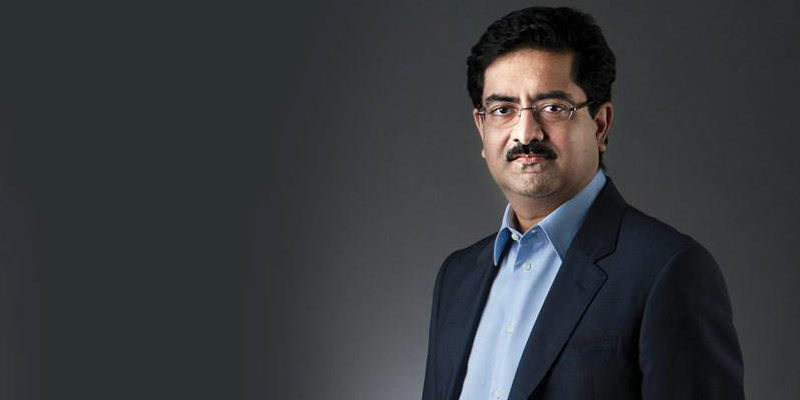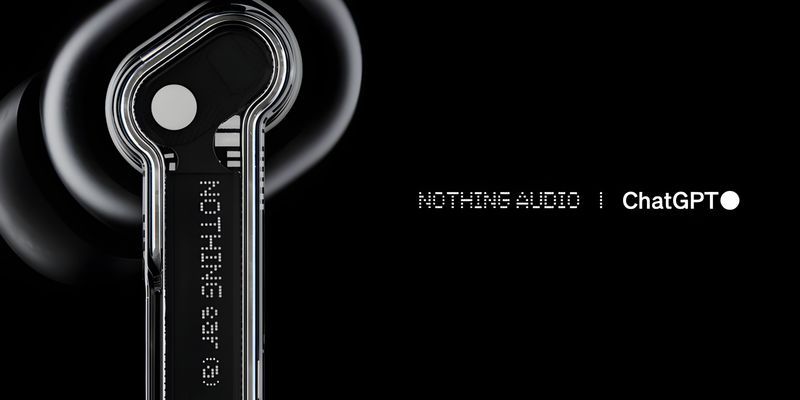Meet Anirudh Singh, the man behind the 'panic' or emergency button on mobile phones
The Modi government became the first-ever government in the world to pass a law mandating the use of technology for women’s safety. The government compelled all mobile manufacturers to include a ‘panic’ or emergency button on their handsets, for women safety and prevention of crime, from January 1, 2017. This successful lobby, however, was 16 years in the making. Anirudh Singh had been gunning for this cardinal alteration to mobile phones that could potentially be the difference between life and death for users since the turn of the millennium. He has spent this decade and a half not only perfecting this technology, but also working on another feature that would take safety precautions to a whole new level. As the patent saw the light of day, here’s everything you need to know about the feature and the man who created it.

How he mastered his mind
After graduating from Delhi University, Anirudh pursued hisMBA from NDIM, New Delhi.He has also completed a certificate course in advanced strategic management from IIM Kolkata. The idea struck Anirudh after a rather serious motorcycle accident at the age of 25. “The driver of the SUV which hit me in Delhi was talking on his phone and he drove off without even looking at me,” recalls 39-year-old Anirudh. He was seriously injured and spent three months in bed, recovering. After the incident, he was naturally more attuned to noticing errant drivers with this dangerous habit, and learned how ubiquitous and okayed it was, by existing norms.
After his MBA, he worked for insurance, banking, mobile and media companies, but a burning desire to address the problem of mobile usage while driving never seemed to have left him.“I was always optimistic that this was a unique idea impacting billions across the globe and therefore, we persevered knowing that someday, this patent will see the light of the day,” says Anirudh. He shared the idea with his father Lokinder Singh Verma, who encouraged him and also promised fervent backing. Manu Singh (a marine engineer), and Dr. Prof. Y.P Singh, ex-IIT Kharagpur and a member of the family, was immediately brought on board to frame the technology’s blueprint. Together, they prepared a completely unique system for blocking or switching off mobile phones while driving.
How it works
Simply put, the technology jams your phone while driving. When the driver of a vehicle attempts to operate his cellphone while having the ignition on and/or moving above a certain speed, the system would automatically disable the ‘OK’ switch of a cellphone, and may also perform the ‘CALL END’ function. The driver must only use his hands-free and no other holding device while travelling, or else the phone will turn off. It is inherently intelligent enough to be driver-specific in vehicles, allowing other passengers to use cellphones, and could also be applied to two-wheelers.
“It’s the only system that would positively block texting, and gameplay like Pokémon Go by drivers of vehicles in motion,” says Anirudh.
- Jamming signals
The system automatically switches off any cellphone being carried by an individual on an aircraft, or a committee room, or any other such location where a restriction on the usage of cellphones is imposed.
The mode of the cellphone in different locations like vehicles, airplanes, theatres, hospitals, etc.,is controlled by modulating the blocked signal by an appropriate binary signature. Moreover, monitoring proper functioning of the system requires no special equipment.
- Saving grace in emergencies
In case of an accident, one can press the emergency button of the phone without opening the app. It will dial the three saved numbers immediately. It also enables the automatic dialing of a set of numbers like the police, medical facilities and other specified numbers, and can be used globally in any cellphone, in any situation according to Anirudh.
- Foolproof
“This invention also has control circuits, that would prevent the tampering with or bypassing of the system, by cellphone users,” says Anirudh.
- Eco-friendly
The systememploys low-frequency electrical signals, of a low powerlevel, transmitted through capacitive couplings, posing no health hazards unlike the high frequency signals employed by all alternative systems.
Its commercial potential
With the increased adoption of his technology, Anirudh anticipates that insurance companies would lower premiums because of improved safety.
The system poses flexibility for cellphone manufacturers to employ a trade-off between hardware and software, for incorporating the system. It can be supplied as DIYkits that can be easily fitted by vehicle and mobile phone service providers into existing vehicles and mobile phones.
“In order to be effective only one system must be adopted globally, as different systems in different cell phones and vehicles would be ineffective. Because of its unique feature, this system has the potential to be adopted globally,” says Anirudh.
Its commercial potential can be realised by fitting it in new as well as existing vehicles including two-wheelers, existing and new mobile phones, airplanes, and potentially, hospitals, restaurants, meeting rooms, libraries, etc., where it can be adapted to ensure it puts the cellphones in silent mode, or in cinema halls, to perhaps block the camera function in order to prevent piracy.
When Anirudh reached his destination so that millions of drivers would reach theirs...
They had first filed a patent application for the use of a specific button for contacting appropriate individuals and agencies during an emergency on September 23, 2002. Their patent lawyer, G. S. Davar from L.S. Davar & Co, an electrical engineer from UK who fully understood the impact of the technology, was brought on board to frame the claims and technical language of the patent.
Looking back, while it was immensely challenging to have their technology adopted by the rule of law, it was rewarded with this patent that was granted globally. They have also been the pioneers in marrying mobile phones and cars.
Now that the technology is complete in itself, the next stage for their company would be for the system to be instituted and made available by the Original Equipment Manufacturers. The licensing fee collected from OEM’s will be their prime source of revenue.
“We are targeting a global usage of this technology. Our competitors have limited applications and are using non-eco-friendly technology. We wish other governments across the world to follow suit, that is to legislate and leverage technology for safety, and prevention of crime,” Says Anirudh.











